Application Process for US Universities
- Contacting LOR providers is crucial for test preparation and university scholarship applications.
- Two or three letters of recommendation are required for US university applications.
- LORs should explain the applicant’s relationship, achievements, and their suitability for the university.
- Job experience must be obtained from management or professor.
- Certain colleges require academic, professional, and professor work experience.
- August, September, and October are crucial months for research papers and creative projects.
Preparing for the entrance exam from August to October is recommended. To ensure English proficiency, universities require the GRE and an English proficiency test, such as TOEFL, IELTS, or DUOLINGO.
The Best Period To Prepare For Your Entrance Exam
The ideal time frame for getting ready for your entrance exam is August to October. While many Universities still need the GRE, several have waived it
The GRE is an entrance exam that you must take along with an English proficiency test. Every US university mandates it to ensure that applicants can speak and understand English.
Choose one of the English tests—TOEFL, IELTS, or DUOLINGO—based on the university you wish to attend, and then take it.
What is LOR
When studying for tests, it’s important to contact persons who will provide letters of recommendation (LOR). This is also required when applying for university scholarships.
When applying to a university in the United States, you will require two or three letters of recommendation. In these letters, the recommender needs to explain how they know you, what your accomplishments are, and why they believe you would be the right candidate for the university.
If you have job experience, you must obtain it from your management or professor. Certain colleges will stipulate that if you have work experience, you must have one academic, one professional, and one professor.
Do you have a research paper?
Another thing you’ll have to do in August, September, or October is work on a research paper if you don’t have one. A research paper is a fantastic addition to your entire application. If you don’t have a research paper or aren’t interested in writing one, now is a good opportunity to start working on some outstanding creative projects because having many projects under your control can improve your entire application. August, September, and October are the three months during which you can work on research papers and creative projects to submit with your application.
The best time to reflect is from September to October. If you are coming to the United States, you should be very clear about the type of job you want to do once your Master’s degree is completed. For instance, if you came to study here and completed your Master’s degree, you should know exactly what role you will be playing at the company. The majority of people don’t know anything about it, and some people assume that they just chose tech management because it’s tech management. However, there are many other things you may be doing in tech management, such as business analysis, data analysis, product management, program management, and project management.
What Is Your Desired Career Path After Completing Your MS Program?
This is the moment when you need to consider clarity: which job role do you want to work on, as everything is related to it? If you want to become a product manager, for instance, which master’s programs will help you achieve that role? Engineering management, technology management, and management information systems (MIS) are just a few examples of programs that can help you achieve this goal.
You now need to decide which of these colleges offers the top EM, MIS, or technology management degrees. After that, you may begin compiling a list of colleges you wish to apply to.
Some people begin at a university, see if they have the curriculum, and then determine whether that program will lead to a position as a product manager.
Do some serious thinking, study, reach out to existing people who are doing product management or program management, and ask them what they did, and then begin constructing a list of 10 to 12 universities to which you will apply for the master’s degree.
The next step is to divide this list into three sections: There are three types of lists: the safe list, which is typically composed of three or four universities you want to be admitted to; the moderate list, which is composed of three or four universities you have to be admitted to; the ambitious list, which is composed of three or four universities you want to be admitted to; for example, you know that MIT Harvard might not be the best for you, but Cornell, Georgia Tech, Duke University, and Dartmouth might be.
You can make a list of 10 to 12 institutions and divide it into three categories; now you have a clear understanding of what program, which university, and what role you want to pursue; this will be quite beneficial.
Another thing you must do is make a massive Master spreadsheet and conduct extensive research on all universities, including their fees, careers, alumni, and other details.
Put all of this in the spreadsheet because it will help you rank your possibilities once you start receiving admissions from it.
Another thing that most people do after they start getting admitted, is to avoid making that mistake. In September and October, as you are narrowing down your list, you have to start reaching out to a list of 10 to 12 universities.
From every university you want to reach out to, at least 10 to 20 people, your seniors, and alumni; keep them in a separate box in your spreadsheet. This includes someone who is currently enrolled in school, someone who has already graduated, 10 seniors, and 10 alumni. If you don’t get a response from 10, you may need to reach out to 50 people before it can get smaller.
You must do this while conducting research, not after receiving admission, because you will have already established a relationship with them when you inform them that you have received admission and require their assistance in making a decision.
When you go through the process, you will be using your seniors along the way. Now comes October, when you want to focus on SOP.
What is SOP?
SOP is a statement of purpose, and there is an art to writing your SOP; some universities require you to have one and a half pages, 150 words, a certain number of characters, and so on.
Some universities will also require different essays, so if you’re applying to Mis programs, there are many universities, such as Duke and Dartmouth, that will require you to submit different essays as well as personal essays.
This October is the month to devote entire weekends and days to each essay.
Another thing you should do in October is reach out to your seniors and get their feedback, and then when you’re finished, you can ask them, “Please can you review my sop and can you share your sop with me to see and get some inspiration from it?” please Don’t copy and paste it.
Now comes November and December, which is when rolling admission begins. What does rolling admission mean? First come, first served. Some colleges have pure rolling admissions, which means that if you apply first, you will be admitted.
This is also the secret to receiving scholarships; please realize that the first candidates get the best opportunities. It is accurate to say that there is a greater likelihood of receiving a scholarship for college if you apply and are accepted early.
It is less likely if you apply in January or February after the deadline because those who applied early were admitted and awarded scholarships. After all, the university had a target.
From the University’s point of view, they aim to enroll at least 50 students in this batch of computer science applicants. We have 100 applicants, so we will accept 80 of them at the very least. However, some of them will not select us because, if you get accepted into 10 universities, you won’t attend more than one of them. For the same reason, the University also believes that even though we will accept 80 applicants, not all of them will choose us. However, if we award 30 of them with scholarships, there’s a good chance that you will pick them.
From the University’s standpoint, they want to secure you just as much as you desire admission and a scholarship.
Applying early is essential; rolling admission and early applications begin in November and December, respectively. This is the time to begin your application process.
January and February are the months when you should begin researching money-related topics, such as loans. If you intend to take out a loan, or if you know someone who does, you don’t have to worry about it, but you should begin thinking about loan options.
March is when you will start getting admitted to your dream institutions; some will be disappointed because they were not admitted, while others will be happy because they were admitted to the university of their choice.
When Is The Best Time To Make My Admission Payment?
What is the best time to make payment for admission
This is also when you will need to start paying your admission deposit payments to guarantee your spot. Some colleges may allow you seven days, during which you must secure admission and pay $200, $300, or $500, depending on the amount.
You must be extremely specific so that you do not have to pay to three or four universities and lose money; only one is required, and you are set.
By April, you should have gotten all of your admissions, and now that you have, you must decide whether or not to attend this university. At this time, you will begin seeking an i20 because you need it.
What is i20?
You will receive a separate Visa admission letter in your email from the admission letter; nevertheless, the i20 is an admission document and a Visa document that you need to travel and schedule a Visa appointment.
After obtaining your I-20, you will be required to make deposits and begin searching for slots. The best months to start looking for F1 Visa slots are May, June, and July.
Most F1 Visa interviews take place in May, however if you start your application process early, you may be able to complete it earlier.
What is DS160?
Additionally, in April and May, you will be filling out your DS60, which is the visa application. As a result, you will need to schedule a visa appointment for your fund visa, which requires DS160.
Following the DS160, you must visit US Travel Documents, schedule an appointment, and pay the service charge. Once you’ve finished, you can schedule an appointment and choose a time that works for you.
May is a month of preparation; you have finished applying for your visa, but there is still uncertainty because there are annual slot issues where people are not granted enough slots. If you are denied, you may choose to search for another opportunity.
When your visa is approved, it will be by June if you apply by May. After that, you will finish the process of obtaining your visa and work on all the necessary paperwork, including getting immunizations up to date, creating your ID, logging into the university portal, and start looking for an on-campus job.
Learn about the internship timeline and employment market, and get ready to start as soon as you land. You must begin applying for internships, building your resume, and making connection requests.
ALSO: UK Raises Financial Requirements for Nigerians and Other International Students 2024, PLUS MORE
The months of March through August are when you should get your emails, connections, résumé, and LinkedIn online portfolio ready. Don’t wait until the day you are selected to begin working on it. Try to do it in May, April, or March.
Who is your roommate?
Between June and July, conduct a casual interview with your roommate to ensure a positive Master’s experience, as roommates can significantly impact your overall academic experience.
You must select a roommate who shares your values and vision.
Prior to choosing a roommate, you should ascertain whether the other individual enjoys partying or not if you are the type who doesn’t.
July is a crucial month for planning and booking travel, preparing for emotional connections, and preparing for potential job changes, as it is also a time for personal growth.

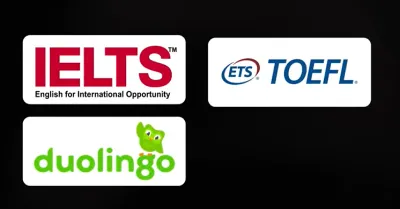

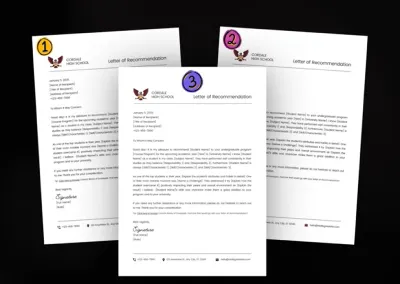

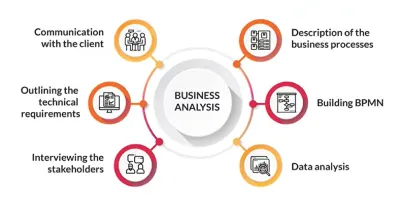





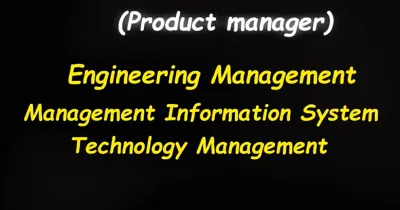
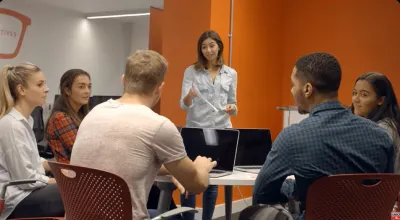
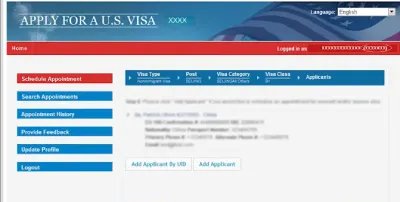

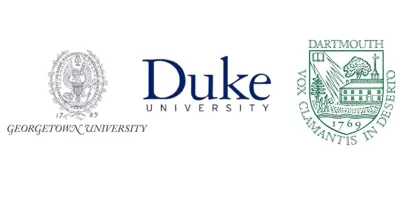

Mitolyn Nice post. I learn something totally new and challenging on websites